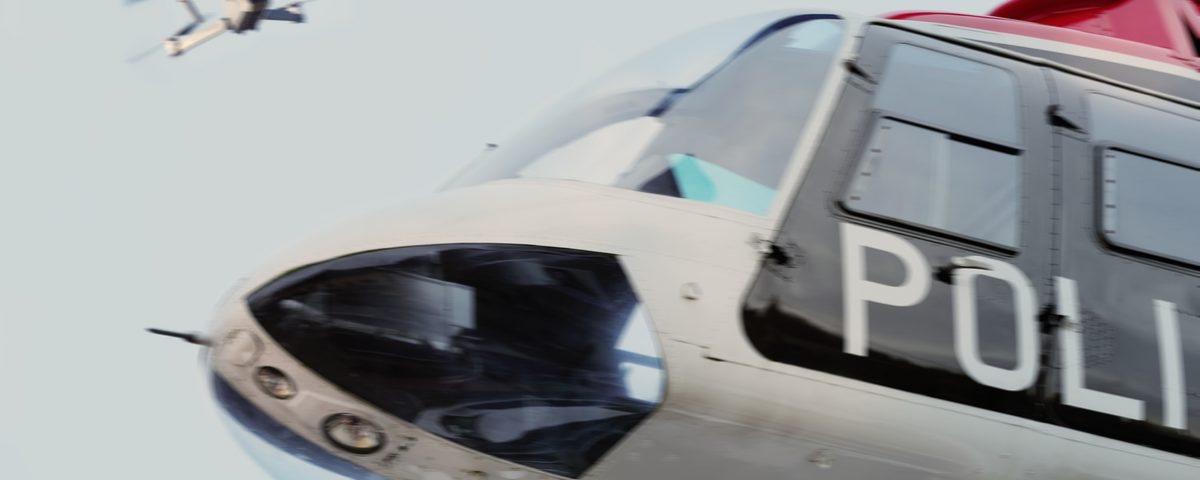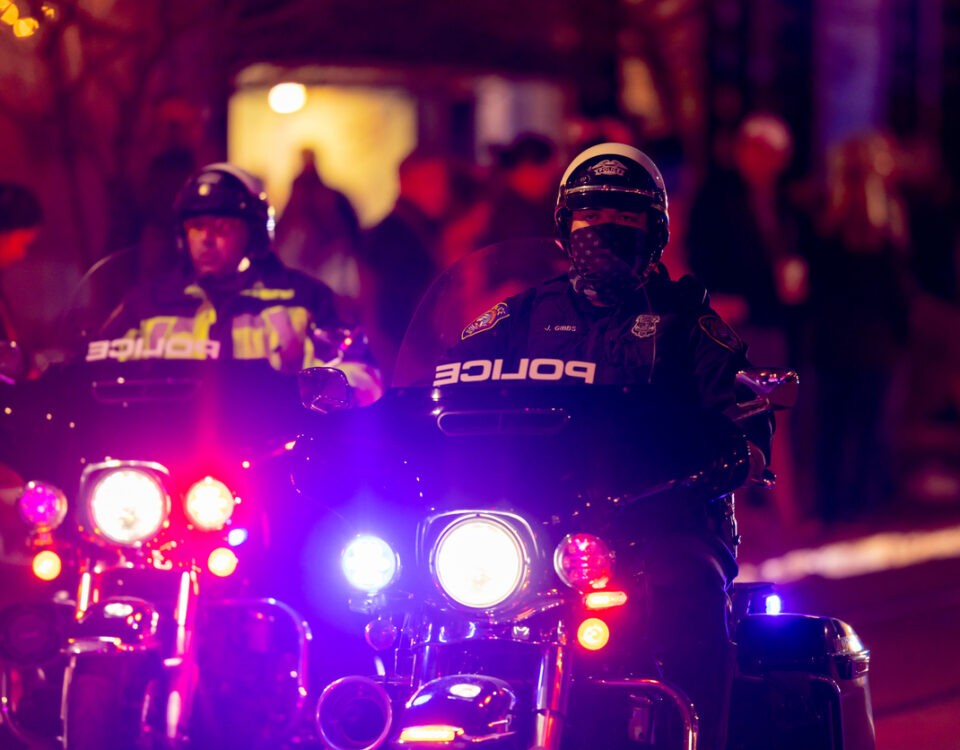How Police Can Develop a Drone Policy

How Can Police Create an Active Shooter Response Plan?
September 13, 2021
The Educational Benefits of Charter Schools
September 27, 2021How Police Can Develop a Drone Policy
The 2010s saw drones emerge as a popular consumer product, but many people are unaware of the long history these devices boast. Though many individuals use them for recreational purposes today, they originated as a weapon in war, and their use in military and law enforcement continues to be one of the most common applications. With more policy departments relying on these devices for critical missions, it’s prudent to develop a drone policy dictating acceptable uses. Consider the following four tips that precincts can use to create a protocol for drones.
Designate a Legal Coordinator
One of the greatest concerns surrounding drones — also known as unmanned aerial systems or UAS — is the legal issues that can arise if these devices are misused. One of these issues is the potential violation of civilians’ privacy if a drone captures imagery from private property or otherwise intrudes upon innocent individuals. Another potential legal issue is entry into U.S. airspace and interfering with other aircraft. To avoid the realization of any of these issues, a coordinator should be designated to address and prevent any such problems.
Outline Acceptable Uses
A new set of regulations has expanded the acceptable uses for drones. Just because something is legally permitted, it does not mean that it’s a good idea. To be clear, police departments should explicitly outline all of the acceptable uses of drones, including surveillance, crime scene photography, correctional facility monitoring, and other potential applications that are within the bounds of both legality and propriety.
Outline Unacceptable Uses
Just as the acceptable uses of a drone should be outlined, the unacceptable uses should be explicated, too. There is potential for drones to violate the rights of innocent civilians if they are not used carefully. A police department’s drone policy should clearly outline prohibited uses of UAS devices in order to avoid any potential liability from misuse. Some uses that should be prohibited include any personal application or recreational activities. The plan should also detail the consequences that will be levied if any misuse by police personnel is discovered.
Indicate Intended Use of Data
One of the most common uses of drones in police departments is collecting data from surveillance. This can be done for many reasons, but because it involves storing data on individual civilians, a specific protocol should be established governing its process. A police department’s drone protocol guide should explicitly outline the intended use of this data as well as the duration it will be kept on file, how it will be stored, and who will be able to access it. If it is determined that data should be destroyed within a certain time frame, the method of destruction should be specified, too.
About PGUI
Professional Governmental Underwriters, Inc., is a full-service risk management company dedicated to assisting public, educational and non-profit entities in the management of their professional liability exposures including educators’ liability insurance. We are dedicated to providing state-of-the-art professional underwriting management and loss control advisory services on behalf of our designated carriers. For more information, call us toll-free at (800) 586-6502.


